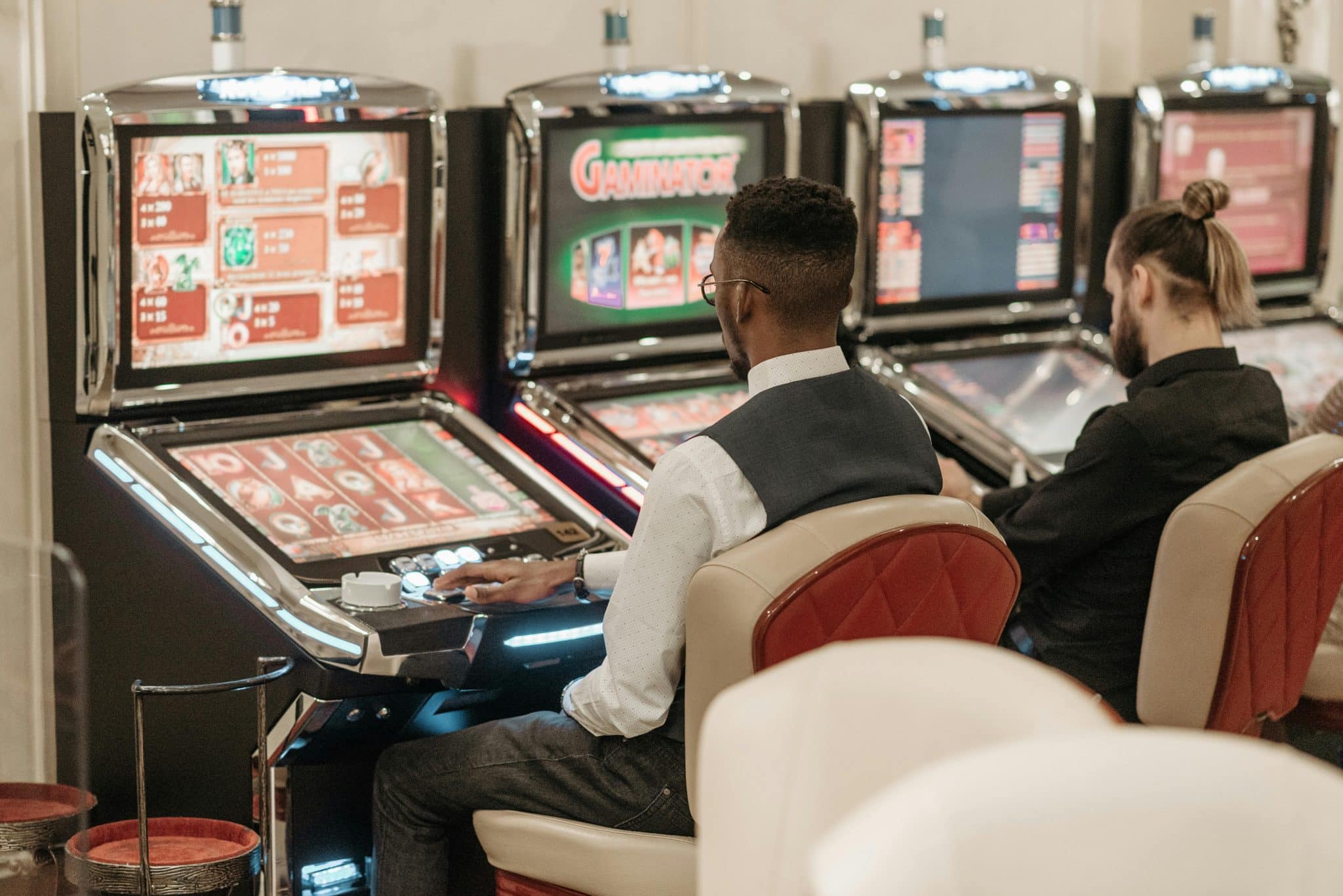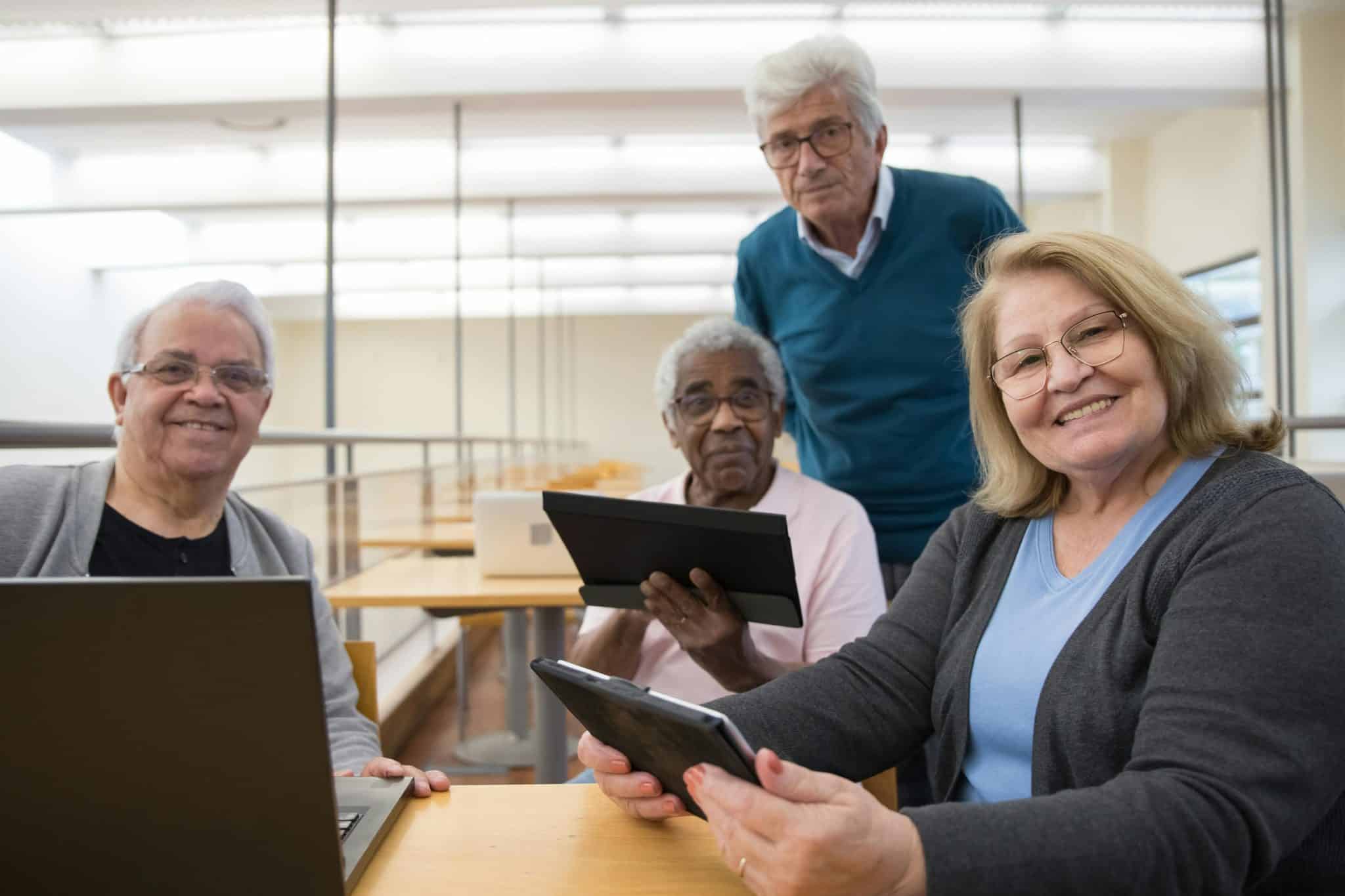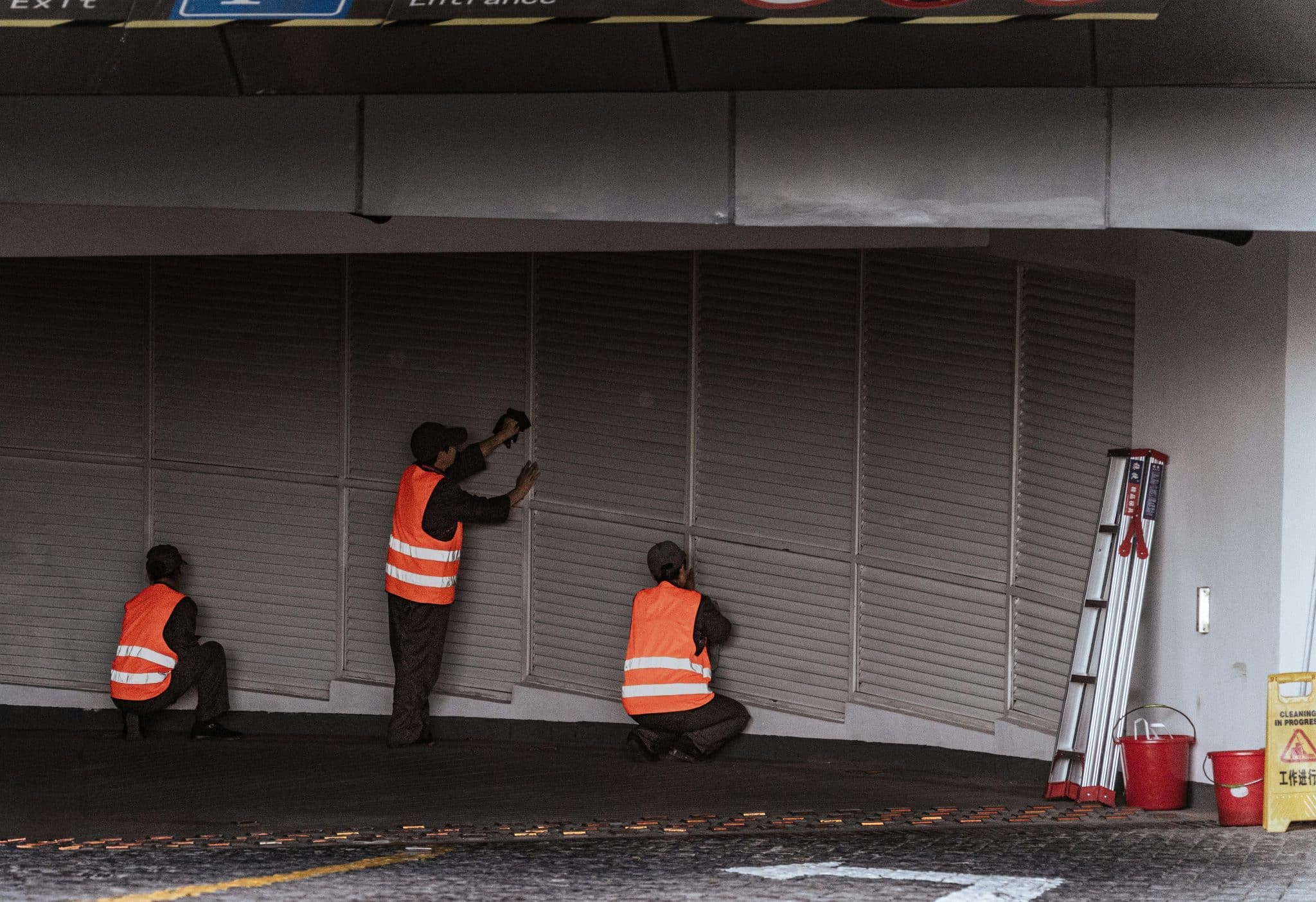A fracture, a rupture, an operation — all of these can be experienced and even accepted as part of the athletic journey. But there is a moment that is rarely spoken about out loud: when the physical pain recedes, another internal pain begins.
After discharge, when the stands are silent and training is still prohibited, there is only you and the voice in your head, which is not always on your side. In this article, we will look at how athletes go through the path of mental recovery — step by step, honestly and truly!
Healing Beyond the Physical
Rehabilitation is not only about muscles and joints but also about internal fears that remain behind the scenes. Panic before going out on the field, the obsessive “what if again” – such things cannot be treated with injections. According to the British Journal of Sports Medicine, a third of athletes face depression after injuries.
Psychological support becomes part of recovery, along with physiotherapy. Sometimes a simple switch helps – a little excitement, a little game, and a MelBet download. With this application for iOS and Android, you can place sports bets and play thousands of casino games. Just download the app and feel the rhythm, concentrate, turn on again – even if not yet at the stadium!
Facing Fear After Injury
Fear doesn’t go away with the cast – on the contrary, it often makes itself known just when it’s time to return to the field. Everything seems to have healed, the doctors have given you the “all clear,” but you freeze during the warm-up.
This is not weakness. It is part of the injury, just less noticeable. The Australian Sports Science Report 2022 shows that more than 45% of athletes delay their return not because of physical fitness but because of internal doubts. And this is not uncommon, but a pattern.
In Myanmar, for example, many athletes use visualization, psychotherapy, and participation in small tournaments to gradually regain confidence. There are other ways to feel the rhythm and excitement without going out on the field.
The MelBet sports betting platform helps you get back into the game — betting on football, tennis, baseball, basketball, and dozens of other sports, including eSports. The ability to place bets in real time, bonuses for beginners — all this helps you stay in touch with the competitive atmosphere while your body is still getting into shape.
Why the Mind Matters in Rehab
Every athlete has their own injury story and their own path back. But there is one general rule: without mental strength, the body will not return to the game completely. At some point, recovery ceases to be just physiological – it becomes deeply personal. It is the mind that determines with what attitude you enter the gym, with what confidence, in a new movement, and with what will to start all over again. Mental focus plays a key role here:
- Confidence reduces the risk of re-injury: according to the European Journal of Sport Science for 2021, athletes who believe in their readiness are 43% less likely to get new injuries.
- Visualization improves muscle memory: imagining movements in your head speeds up motor recovery by an average of 25%.
- Stress management affects physiology: according to the Mayo Clinic, proper management of cortisol levels can speed up tissue healing by almost 20%.
- A positive attitude increases the chance of completing rehabilitation: athletes with high mental resilience complete recovery in 90% of cases. For those who are emotionally exhausted, only 63%.
Without this inner work, even strong bodies lose their footing.
Support Systems in Recovery
No athlete goes through this journey alone. The support of the environment often becomes a decisive factor on the way to a comeback. In Yangon, for example, sports clubs assign mentors to injured players. These are not psychologists but rather people nearby: they visit, participate in training, and simply remain part of the usual rhythm. And, according to statistics, such attention speeds up recovery in 60% of cases.
At the same time, interest in sports psychology is growing in Southeast Asia. More and more athletes in Myanmar, especially at the national team level, are working with mental health professionals. The results speak for themselves: higher concentration, more stable nerves, fewer breakdowns in the process. Support today is not just a gesture of sympathy but part of a strategy.
Tools for Mental Resilience
Rehabilitation doesn’t end at the clinic. It continues at home, on your phone, in your head — every day. Athletes going through long-term recovery use simple but effective tools to maintain focus and emotional stability:
- Meditation apps: Headspace and Calm have become popular among football players in Myanmar — they help reduce anxiety before training and relieve mental stress.
- Journaling: Regularly recording goals, feelings, and thoughts helps you understand yourself and track your progress.
- Motivational documentaries: The comeback stories of Alex Smith or Lindsey Vonn often become a point of support on difficult days.
- Betting rituals: Some athletes use the Melbet platform during their recovery, to stay in the sports context, follow the progress of matches, and maintain analytical thinking.
These are not distractions but working tools. They help maintain internal balance and not lose touch with the world of sports, even if you are not in shape yet.

Athletes Who Came Back Stronger
Take Myo Thura, the Burmese forward who broke his tibia in 2021. Doctors weren’t sure he’d ever play again. But 14 months later, he wasn’t just walking — he was running. He attributes his comeback not only to physical therapy but also to mental preparation: meditation, rewatching old games, and writing in a diary every day.
Here’s another example: Klay Thompson, a world star. After two serious injuries — an ACL and an Achilles — he spent 941 days out of the game. But in 2022, he returned and scored 41 points in his first game. It wasn’t just muscle memory — it was unwavering focus. Stories like these prove that it’s possible to come back. And it’s also possible to come back better.
Recovery Starts with Self-Belief
Confidence isn’t something you can put on for the crowd. It comes from consistency – showing up even when it hurts. Waking up with doubts but putting your shoes on anyway. True recovery isn’t measured in medals or minutes on the field. It’s in the quiet, almost unnoticeable moments: the first pain-free run, the first full jump. That internal “click” – it’s real. And for every athlete in Myanmar preparing to come back, it all starts there. Trust. And then do it!








